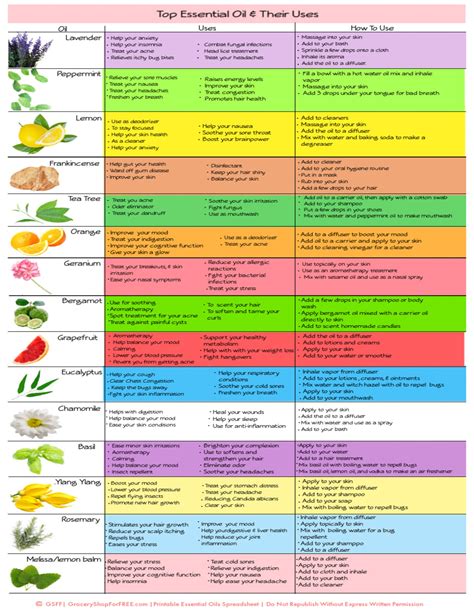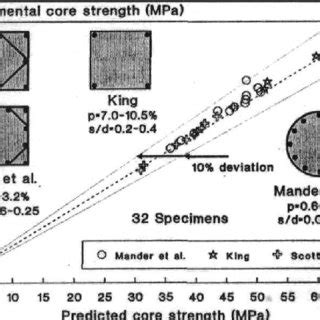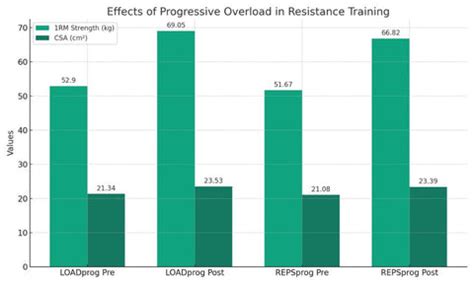What’s the optimal workout split for peak strength and sustained energy?

Finding Your Perfect Training Rhythm
Achieving peak strength is often a primary goal for many fitness enthusiasts, but it shouldn’t come at the cost of chronic fatigue or burnout. The true challenge lies in structuring your training to maximize strength gains while simultaneously ensuring you have sustained energy levels both inside and outside the gym. This delicate balance is key to long-term progress and overall well-being. So, how do you design a workout split that supports both ambitious strength targets and consistent vitality?

Understanding Key Principles: Volume, Intensity, Frequency, and Recovery
Before diving into specific splits, it’s crucial to grasp the foundational principles. Volume refers to the total amount of work performed (sets x reps). Intensity is how hard you work (percentage of your one-rep max, proximity to failure). Frequency is how often you train a muscle group or movement pattern. Crucially, recovery is the time your body needs to adapt and rebuild stronger, a critical factor for both strength and energy levels.
An optimal split will intelligently manipulate these variables. For peak strength, you’ll generally need sufficient intensity and volume, but for sustained energy, you absolutely cannot neglect recovery. Overtraining is the enemy of both strength and energy.
Popular Workout Splits and Their Impact
Full Body Split (3x/week)
Training all major muscle groups three times a week allows for high frequency, which can be excellent for strength development. Each session, however, must be managed carefully to avoid excessive fatigue. While it offers good recovery time between training days, the cumulative weekly volume per muscle group needs to be well-structured to ensure sustained energy for each workout.
Upper/Lower Split (4x/week)
This split dedicates two days to upper body and two days to lower body, often with two rest days. It provides a good balance of frequency and volume, allowing for more focused work on each body part than a full-body split without the daily grind of a bro-split. It’s effective for both strength and managing energy, as muscle groups get ample time to recover before their next session.

Push/Pull/Legs (PPL) Split (3 or 6x/week)
The PPL split categorizes exercises by movement pattern: pushing movements (chest, shoulders, triceps), pulling movements (back, biceps), and legs. When performed 3x/week, it gives each muscle group a full week to recover. When performed 6x/week (e.g., PPLR PPLR), it offers high frequency and specialization, but demands excellent recovery strategies (nutrition, sleep, stress management) to maintain energy levels and prevent burnout.
Bro Split (5-6x/week, one body part/day)
This traditional split focuses on isolating one major muscle group per day (e.g., Monday Chest, Tuesday Back). While it allows for extremely high volume on a single muscle group, the frequency for each body part is low (once a week). This might not be optimal for rapid strength gains, and the heavy, taxing sessions can sometimes lead to localized fatigue that impacts subsequent workouts if not managed correctly. Sustained whole-body energy can be maintained, but individual muscle groups are worked intensely before a long recovery period.

Individualization: The Key to Optimization
There is no single “optimal” workout split for everyone. The best split for you depends heavily on several individual factors:
- Experience Level: Beginners respond well to higher frequency (full-body), while advanced lifters may benefit from more specialized splits.
- Training Goals: Are you a powerlifter, bodybuilder, or general fitness enthusiast? Goals dictate volume and intensity.
- Recovery Capacity: Sleep, nutrition, stress levels, and age all impact your ability to recover. Those with less optimal recovery may need more rest days or lower frequency.
- Time Commitment: How many days a week can you realistically dedicate to the gym?
- Lifestyle: Demanding jobs or family life can limit energy and recovery, necessitating a more forgiving split.

Strategies for Sustained Energy
Regardless of your chosen split, several strategies are crucial for maintaining high energy levels and maximizing strength:
- Prioritize Sleep: Aim for 7-9 hours of quality sleep per night. This is non-negotiable for recovery and energy.
- Optimize Nutrition: Fuel your body with adequate protein, complex carbohydrates, and healthy fats. Don’t under-eat, especially when training hard.
- Hydration: Drink plenty of water throughout the day. Dehydration severely impacts performance and energy.
- Manage Stress: Chronic stress elevates cortisol, which can hinder recovery and sap energy. Incorporate stress-reducing activities.
- Listen to Your Body: Don’t be afraid to take an extra rest day or deload when needed. Pushing through excessive fatigue leads to diminishing returns.
- Progressive Overload Wisely: Gradually increase weight, reps, or sets, but avoid drastic jumps that lead to overtraining.

Conclusion: Adapt and Evolve
The optimal workout split for peak strength and sustained energy is a dynamic entity that evolves with you. Start with a proven split that aligns with your experience and schedule, then pay close attention to how your body responds. Are you making strength gains? Do you feel energetic or constantly drained? Be willing to experiment, make adjustments, and prioritize recovery just as much as your training. By finding this equilibrium, you’ll not only achieve impressive strength but also maintain the vitality needed to enjoy your progress.








